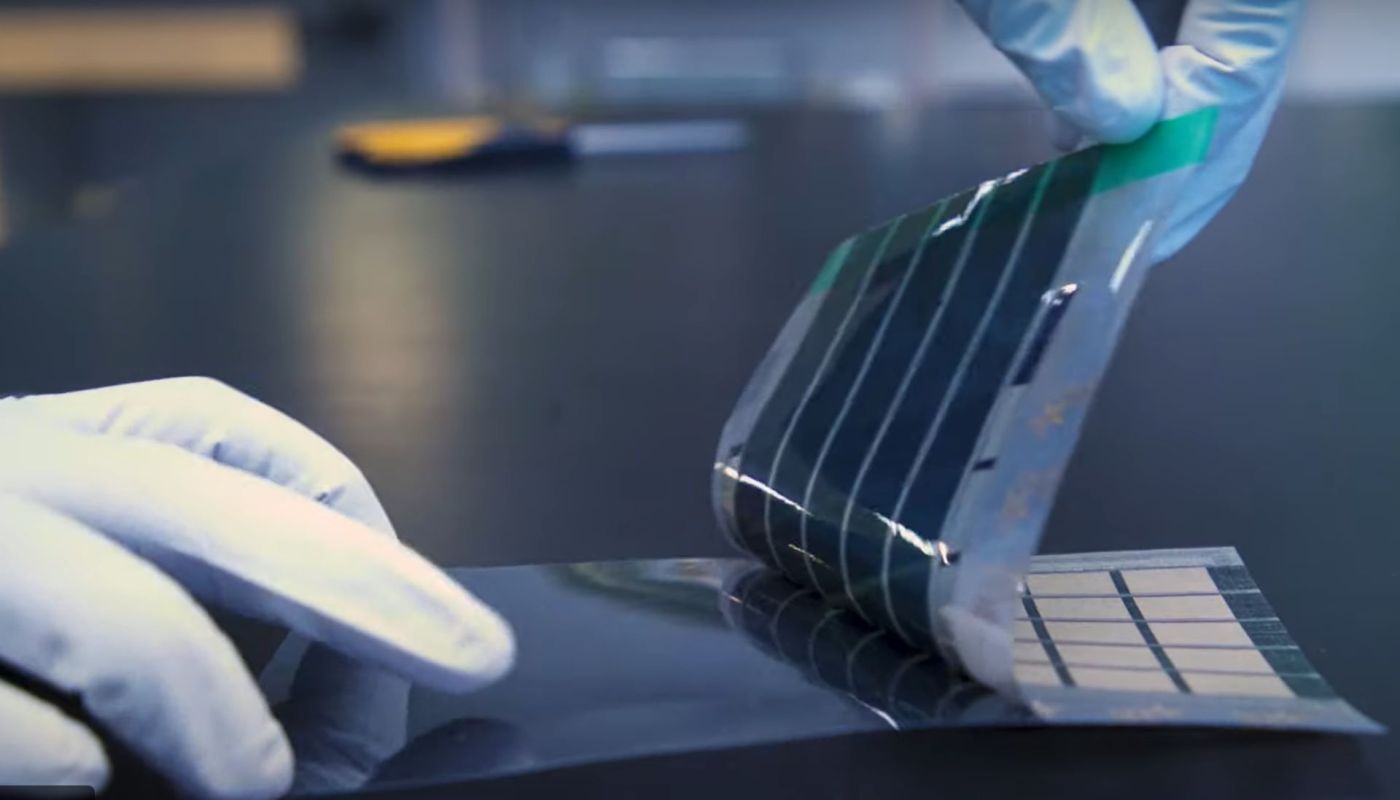Scientists from the Massachusetts Institute of Technology (MIT) have developed paper-thin solar cells that can be attached to any kind of surface to convert it into a power source.
Thinner than human hair, these cells could be laminated onto various kinds of surfaces, such as the sails of a boat to provide power while at sea, onto tents and tarps that are deployed in disaster recovery operations, or onto the wings of drones to extend their flying range.
The findings were first published in the journal Small Methods in a paper co-authored by Vladimir Bulović, a professor of electrical engineering at MIT, Mayuran Saravanapavanantham, an electrical engineering and computer science graduate student at MIT, and Jeremiah Mwaura, a research scientist in the MIT Research Laboratory of Electronics.
Scientists used electronic printable inks, using a technique similar to how designs are printed on t-shirts. As these thin solar cells are difficult to handle and can tear easily, scientists searched for a lightweight, flexible, and resilient material that could adhere to those solar cells. The fabric they chose was Dyneema Composite Fabric, a material known for its incredible strength.
After printing the electrodes on a flat sheet of plastic, they glued the sheet of plastic on Dyneema. Lastly, they peeled away the fabric, which has picked up the electrodes, leaving a clean sheet of plastic behind.
"While it might appear simpler to just print the solar cells directly on the fabric, this would limit the selection of possible fabrics or other receiving surfaces to the ones that are chemically and thermally compatible with all the processing steps needed to make the devices," Saravanapavanantham told MIT News. "Our approach decouples the solar cell manufacturing from its final integration."
Although the cells can only generate half the energy per unit area compared to traditional silicon panels, they can generate 18 times more power per kilogram, Fast Company reported.
During testing, the solar cells generated about 730 watts per kilogram of energy freestanding and about 370 watts per kilogram if deployed on Dyneema fabric. For reference, it would only add about 44 pounds to the roof to generate the same amount of power as an 8,000-watt traditional solar installation on a home in Massachusetts, as MIT News reported.
The scientists are aiming to make solar energy more accessible and portable to be used where traditional solar panels cannot instead of replacing them entirely.
"My expectation would be that the format of these new cells should allow us to completely rethink how rapidly we can deploy solar cells, and how rapidly we can manufacture solar cells," Bulović told Fast Company. "In the long run, we think this can be as rapid as printing a newspaper."
As the demand for clean and renewable energy grows, this technology could revolutionize solar energy by making it more accessible.
Join our free newsletter for weekly updates on the coolest innovations improving our lives and saving our planet.









